A blog for Catholic men that seeks to encourage virtue, the pursuit of holiness and the art of true masculinity.
Relics and the Gritty Faith of the Early Church

At the northern tip of Via Giulia in Rome, you’ll find the church of San Giovanni dei Fiorentini. The large dome that crowns this church is one of many that accent the Roman skyline.

San Giovanni dei Fiorentini
If it’s hot, airy churches like San Giovanni provide the weary pilgrim with a spiritual and physical oasis. Most likely, you’ll be sweaty and your feet sore from treading the miles of cobblestone streets in the Eternal City. Walk up the worn marble steps of San Giovanni and enter. Head down the left aisle and, at the end, you’ll notice a striking silver reliquary in the shape of…a foot. Inside this reliquary is the foot of Saint Mary Magdalen. (This is Rome, folks, so get used to seeing bones encased in elaborate gold and silver surrounded by vigil candles and corpses under altars and many other things that will certainly strike some Americans as odd or macabre. The Church has been doing this for ages.)
Spend some time in prayer before the relic of this saint known first for her conversion and later, her unflagging loyalty to Christ when most of his closest friends bolted. Ensnared by sin, she was set free by the Lord, and never left Him again. During the crucifixion, perhaps some choice words were directed at her by people in the crowd. Maybe her past life was well-known. Regardless, she stayed at the foot of the cross. There’s an inscription near the relic stating that the feet of Mary Magdalen were the first to enter the tomb of Christ after the Resurrection. According to tradition, she later lived as a hermitess for the rest of her life, absorbed in prayer and love. She wasn’t a martyr, but she must have been one of the most fearless saints of the early Church.
Ready to move on?
If you’re walking down Via del Corso, make a short detour to San Silvestro in Capite. Near the huge Zara store, and amidst high-fashion bargain hunters, is this eighth century gem that got its start as a repository for the bones of early Church martyrs. Walk through the main entrance and you’ll find yourself in a peaceful courtyard with palm trees. The thick walls here do a fine job of blocking a lot of the nearby (nonstop) buzzing of vespas, busses and cars.
Walk through the doors and make a sharp left. Enter a small chapel and you’ll notice a large gothic reliquary of gold containing a skull. This, according to tradition, is the skull of Saint John the Baptist. Kneel for a moment and think about this great saint who died defending marriage before the powerful of his day. (A timely reminder for today, to be sure.) There was nothing soft or thin-skinned about John the Baptist. He came, “neither eating or drinking” as Christ Himself said. He stood firm. He spoke the truth. He was martyred.
Given the sporadic, hit or miss nature of Roman busses, you might want to pay the ten Euro for a taxi to our next stop: Tre Fontane (Three Fountains) Abbey. On these serene grounds, you’ll feel like you’ve left the present behind and entered the first century. Tradition tells us Saint Paul was martyred here.
As you approach the cluster of churches on the grounds of this fortress-like abbey, don’t forget to look down. You’re walking along large ancient stones that have been embedded in the ground since Saint Paul himself was brought here. Did he tread these same stones in the final days of his life? The odds are high.
One of the churches here is Saint Paul and the Three Fountains. Enter and you’ll see a small stairway on your left. Go down and you’re in a musty chapel that has changed very little over the centuries. This cell is where Saint Paul was imprisoned shortly before his martyrdom. Look around. You’re sharing the same small space as one of the Princes of the Apostles.
Go back up the stairs and head towards the wall opposite the main entrance. You’ll see three identical shrines with a grill built into each one. At one end is a large pillar encased in a protective iron gate. This pillar is where the Apostle rested his head just prior to the sword’s fatal blow. The “Three Fountains” part of the church’s title refers to the tradition that, when Paul’s head was lopped off, it took three large bounces from the pillar and, at each point of contact with the ground, a fountain emerged. The trio of shrines (two of which you see here) was built over the spots where Paul’s severed head touched the ground.
Reading the Acts of the Apostles and Paul’s Epistles, we see how much suffering and how many trials he endured for Christ. For preaching the truth, he was stoned, exiled, beaten, imprisoned and finally martyred. He didn’t back down or cower in the face of difficulty or hostility. Was he worried about his tone, or whether what he said would make him popular among worldly or religious elites? No. Like Saint Mary Magdalen and Saint John Baptist, Saint Paul was faithful in the face of danger, insults and death.
Before heading back to the center of Rome, stop for a recharge at the cafe near the entrance of the abbey. Sit outside in the shaded garden with an espresso and take in the scene and history around you.
You’re back in the center of Rome now in a vast space: Piazza Navona. In the first century, this was the Stadium of Domitian. Now, it’s one of Rome’s most popular hangouts for tourists and Romans alike. Like so many landmarks in Rome, the massive fountain and statues in the middle of the piazza were designed by the incomparable Gian Lorenzo Bernini. But without a doubt, it’s Sant’Agnese in Agone that dominates this ancient space.
This stunning Baroque masterpiece, designed for the most part by Francesco Borromini, is dedicated to the early Church martyr Agnes. Enter and immediately your eyes are drawn up. You’re caught up in heaven. Only God could have inspired this.

Back on solid ground, make your way to a short, curved hallway on the left. It leads to a small chapel often overlooked by tourists. Here in a quiet room, away from the bustle of the streets, you’ll find yourself face-to-face with the skull of Saint Agnes. Its penetrating gaze asks tough questions about the strength of my faith. The skull appears tiny, and you can’t help thinking how small in stature the young Agnes must have been when she offered her life to God.
Another early Church martyr beloved by the Romans since the fourth century, thirteen-year-old Agnes faced relentless, unimaginable pressure to deny the Lord through impurity. She refused and was beheaded, but only after repeated attempts to seduce and even rape her. (Tradition says the lust-driven men who tried to assault her were struck dead on the spot.) In one sense, how easy it would have been to give in, to cave in order to escape physical torment and death. But thirteen-year-old Agnes didn’t cave. What gave this young girl such astonishing courage, such fortitude? Faith provides the answer.
Christians of the early Church knew they were sinners in need of Christ’s healing. But visiting these ancient sites helps me appreciate a strength and grit they possessed that often seems in short supply today. They knew there was a clear choice in this life: God or Mammon. Recognition of their weakness fueled a fierce, unquenchable devotion. Has anyone put it better than Augustine? “In my deepest wound I saw your glory, and it dazzled me.”
For the martyrs, there was no meet-in-the-middle compromise or deal brokering on the fundamental choice between God and the world. They prayed. They fasted. They entered into battle.
Saint Cecilia, another beloved Roman martyr, died a slow, painful death after repeated attempts to kill her failed. She held firm to the end. Her body rests in the ancient church that bears her name in the Trastevere district of Rome. The striking statue directly above Cecilia’s tomb captures her final moments (and how her body was discovered, incorrupt after centuries). The exposed neck displays a deep gash, while the fingers on each hand show her final, silent witness to the Triune God.
Saint Sebastian, a Roman soldier and Christian, was pierced with arrows for his faith in Christ, a scene depicted countless times in art over the centuries. He recovered and went right back to the dangerous work of defending fellow Christians facing imperial persecution. The astonished (and ticked-off) Diocletian finally had him clubbed to death. His body was thrown into a sewer, but thankfully recovered by devout Christians.

Ornate ceiling of the Basilica of Saint Sebastian.
And then there’s Saint Lawrence, who was burned alive on a gridiron. Tradition tells us he even joked about it, telling his executioners to turn him over, as he was cooked enough (well done?) on one side.

Along with Saint Stephen, Saint Lawrence is buried behind this altar.
Headlines about the Church today are often dispiriting, to say the least. Often it seems like conforming to the world’s assumptions and expectations, whether in liturgy, schools, seminaries, families, entertainment, dress, culture, etc. is what some are actually gunning for. Where is that scrappy resolve and faith of the early Christians, especially the martyrs, to stand apart from the demands of the world, no matter the consequences? Where is that grit and fire? Where is the resolute defiance in the face of the world’s empty promises? Where is the attitude that says, “Go ahead and kill me. I’m not budging.”? Perhaps most importantly, where is the honesty of the saints to recognize our sinfulness, our “deepest wounds” and our need for Christ’s healing?
This gritty early Church resolve and rock-ribbed faith are precisely what Catholics, from leaders to laity, need to rediscover in 2018. Visiting the relics of the martyrs in Rome’s ancient churches, from a thirteen-year-old girl to a seasoned Roman soldier, helps me to see that more clearly.
This post originally appeared at Cream City Catholic and is reprinted with permission.
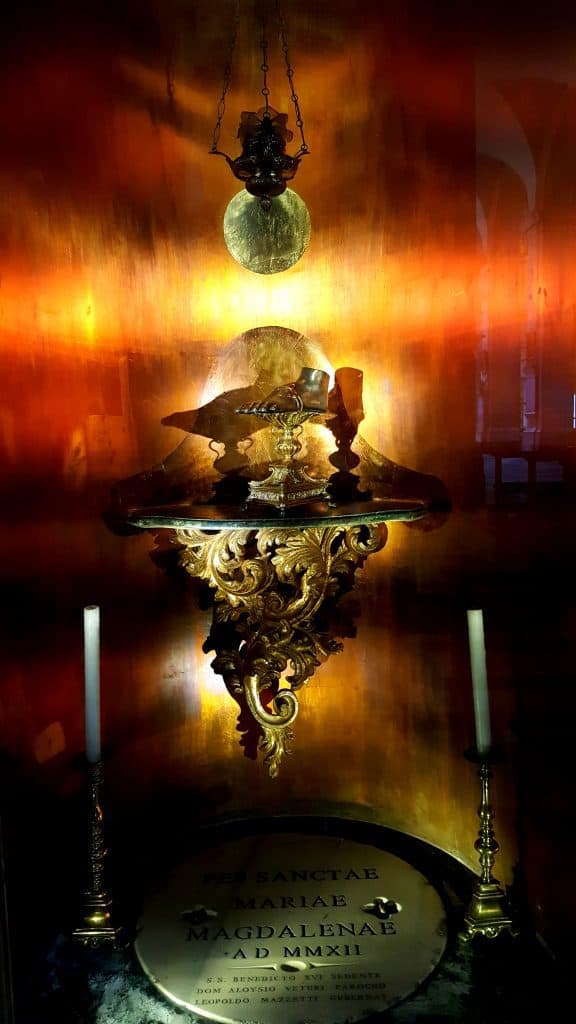

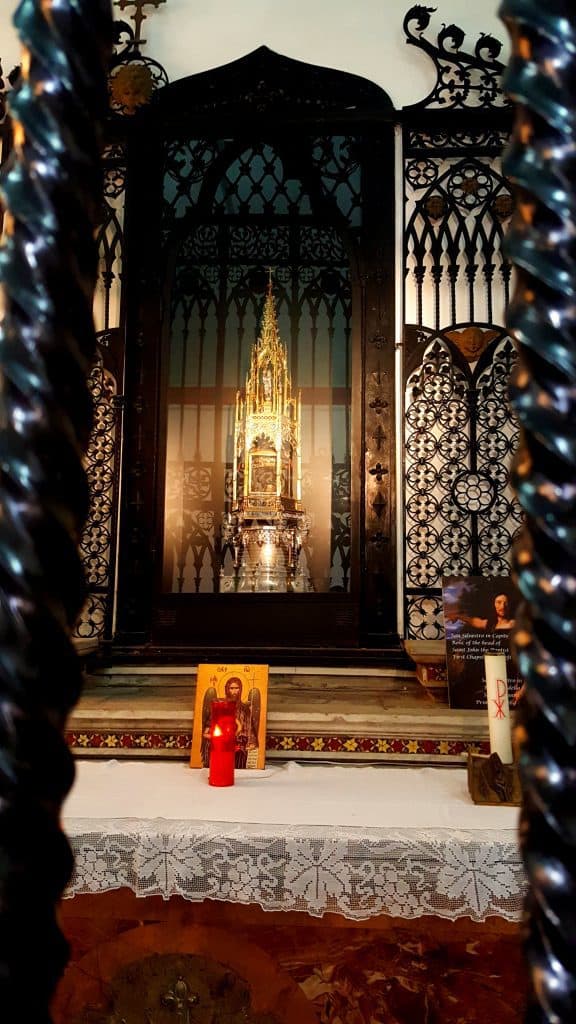
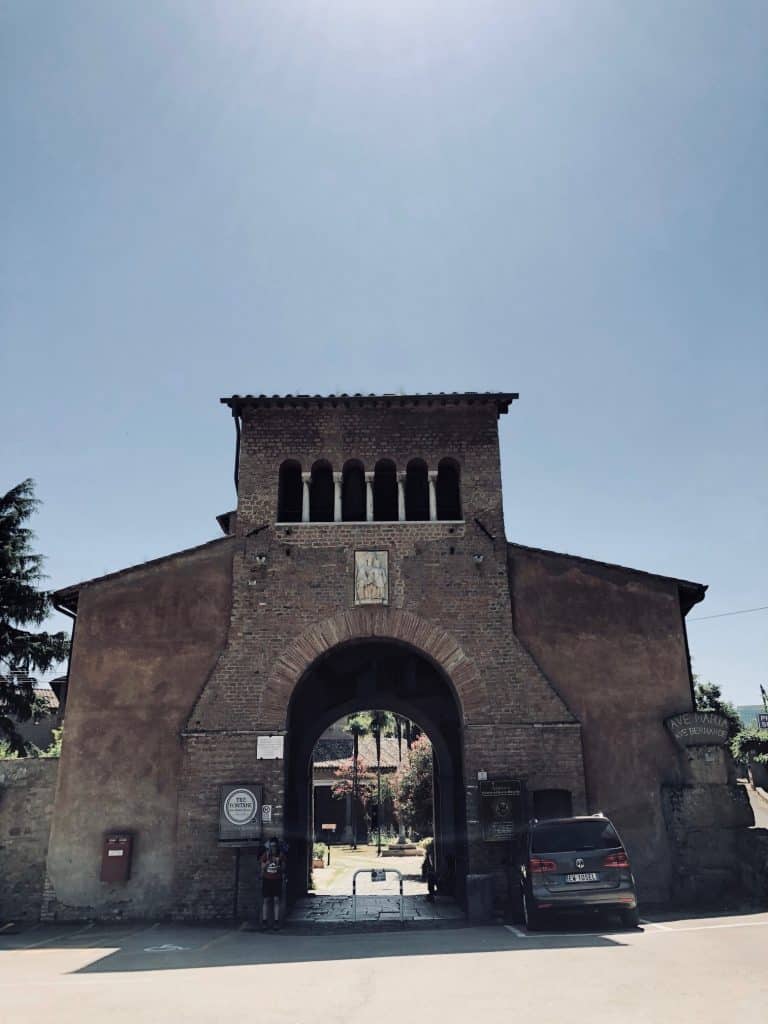
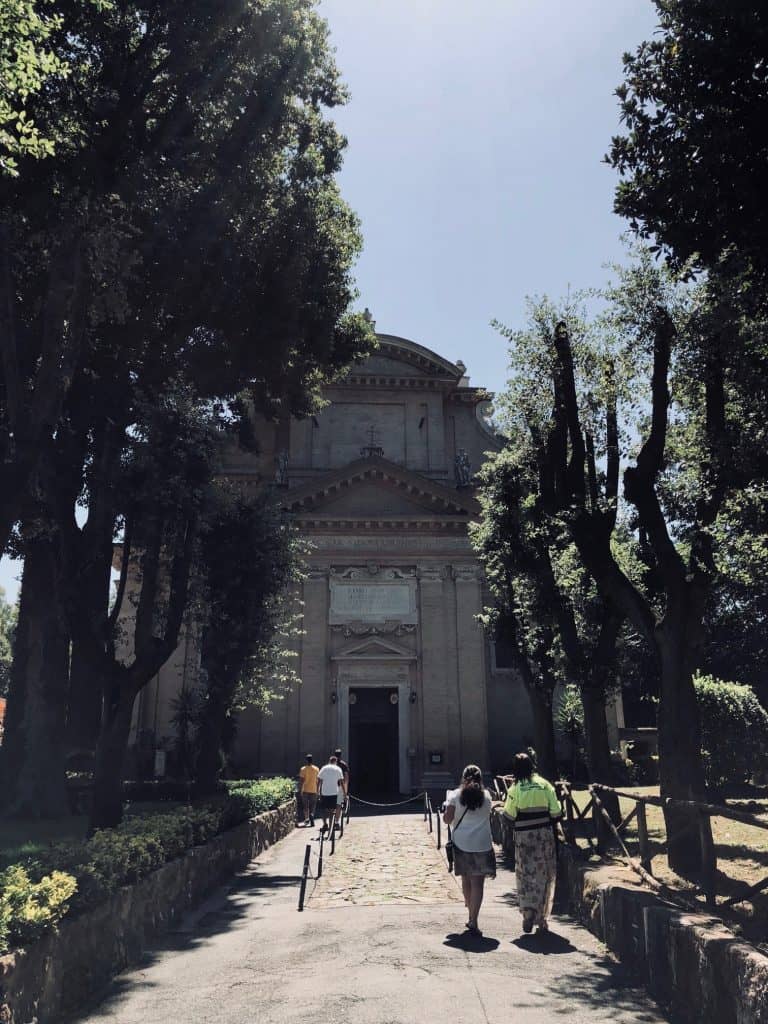


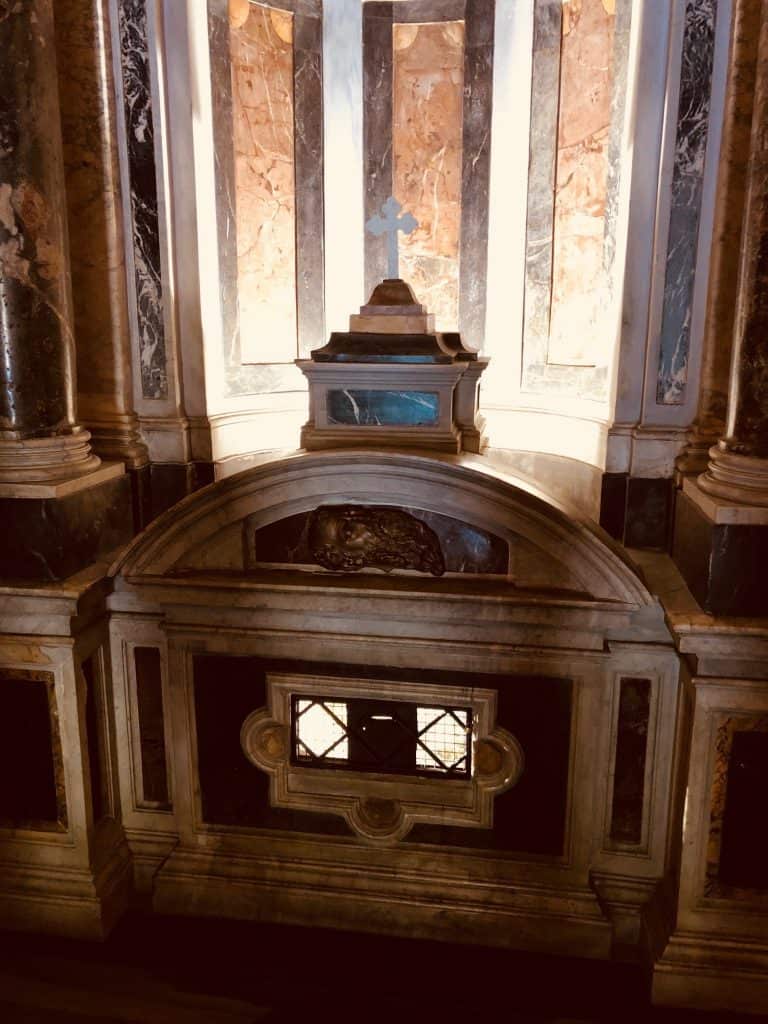

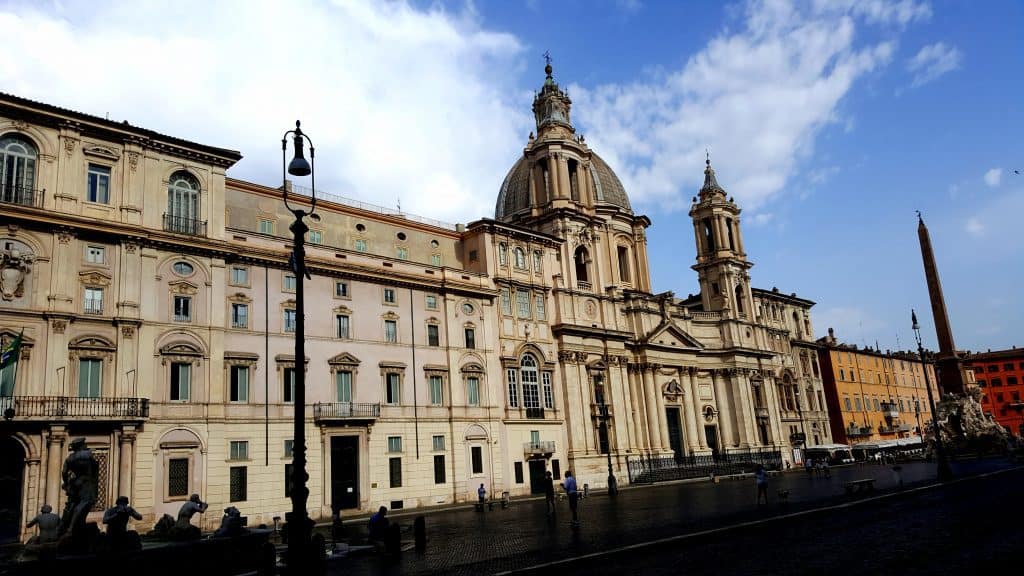
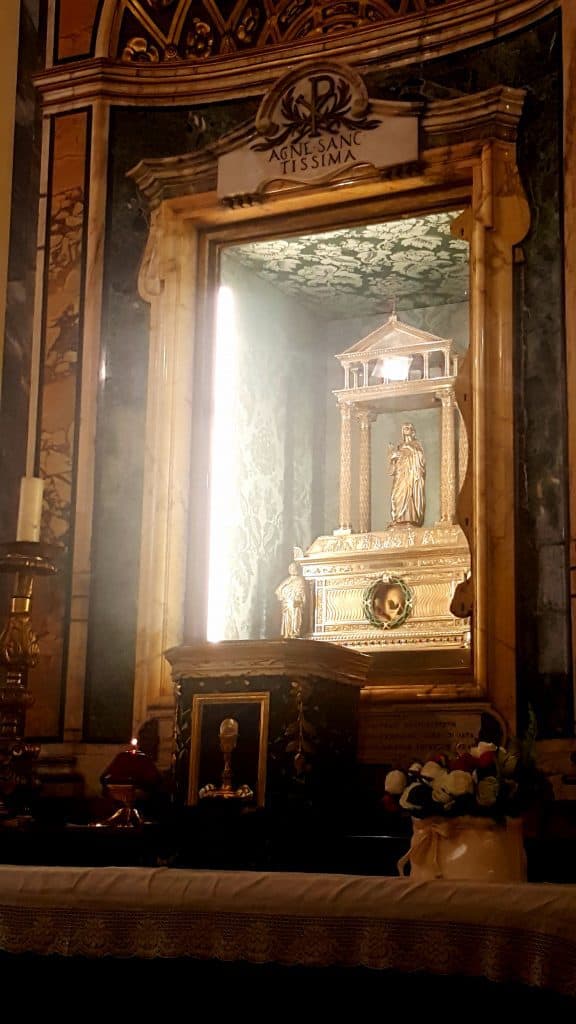
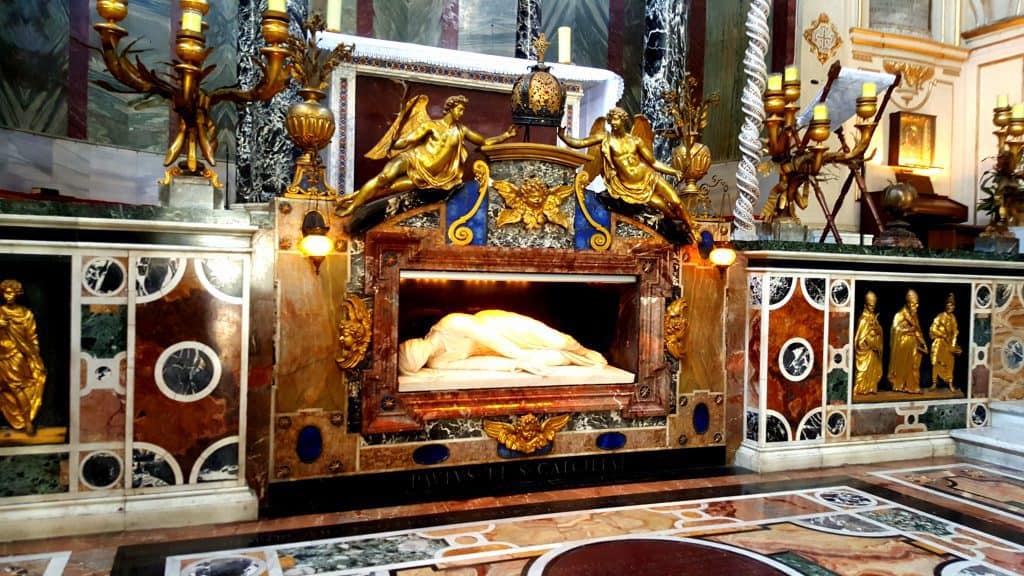
[…] Source: The Catholic Gentleman […]